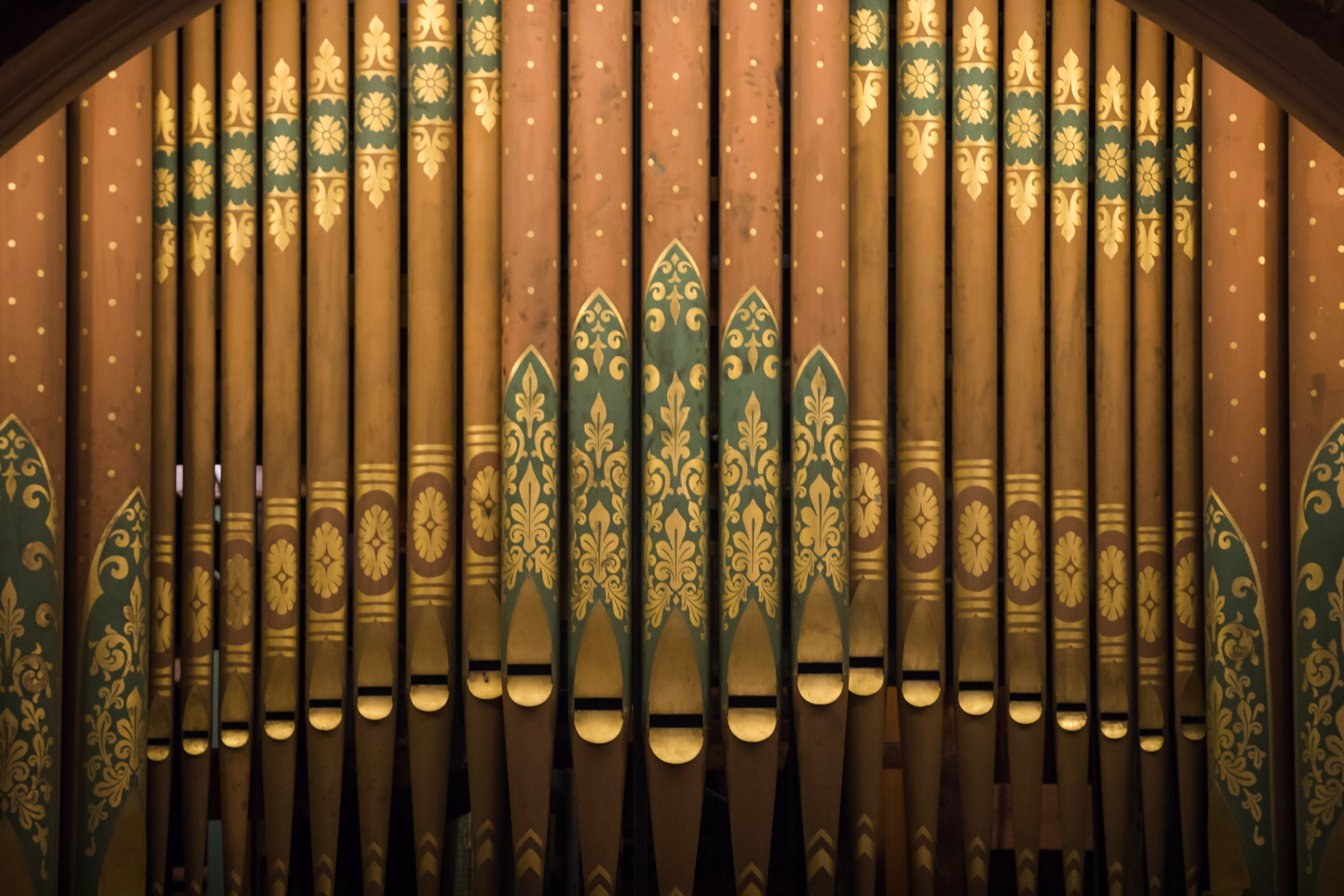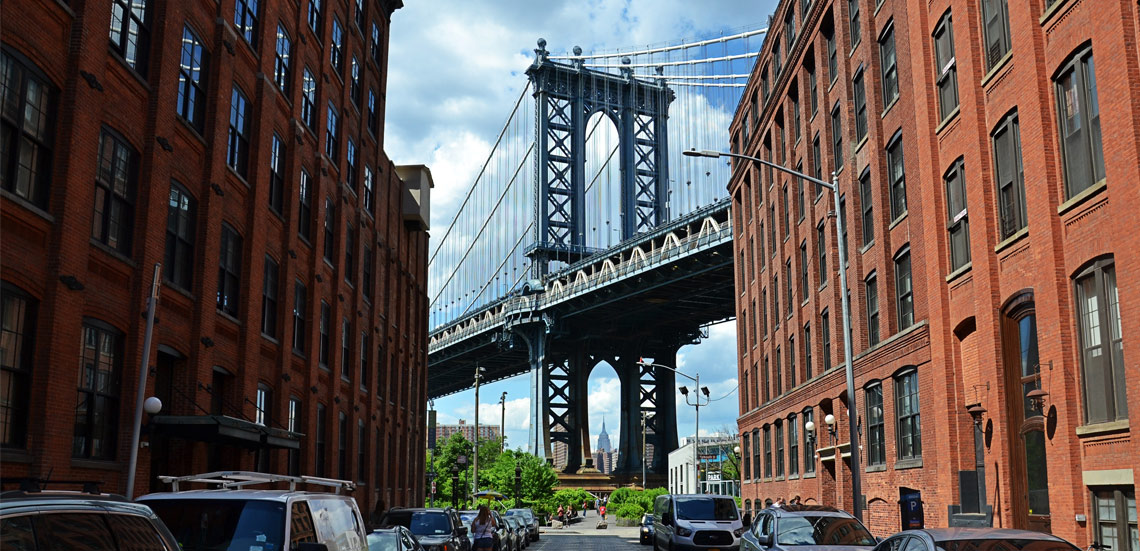The grandeur and beauty of Brooklyn’s church organs, in photos

Houses of worship are hard to miss on the streets of Brooklyn, the borough of churches. And within those hundreds of churches live hundreds of pipe organs, many dating back to the early 20th century.
“An organ, like any musical instrument, it’s a work of art in itself,” said John Wolfe, dean of the Brooklyn chapter of the American Guild of Organists, during a tour of the borough’s most noteworthy organs.
The tour (this year’s is titled “Bach to Brooklyn”) is the guild’s main event, and seeks to examine the history and architecture of Brooklyn’s churches through the organs within them, according to Wolfe.

Brooklyn Boro
View MoreNew York City’s most populous borough, Brooklyn, is home to nearly 2.6 million residents. If Brooklyn were an independent city it would be the fourth largest city in the United States. While Brooklyn has become the epitome of ‘cool and hip’ in recent years, for those that were born here, raised families here and improved communities over the years, Brooklyn has never been ‘uncool’.